Each year, we celebrate National CPR & AED Awareness Week during the first week of June. We discuss the importance of learning CPR and the use of an AED throughout the year, but from June 1-7 we really step up our efforts while we own the spotlight. Five years ago we set some aggressive strategic goals to guide us in these efforts, based off of data from 2010:
- By 2020, double all out-of-hospital cardiac arrest survival and dramatically increase in-hospital cardiac arrest survival for adult (double) and pediatric (50%) patients.
- Double CPR bystander response rate, from 31% to 62%, by 2020.
By achieving these goals we will save an additional 50,000 lives each year in the United States. At the halfway point, we’re already making some great headway toward our goals as survival from out-of-hospital cardiac arrest has already increased about 35% and bystander response rate has already increased by more than 45% according to the latest data.
One initiative we credit for this increase is CPR in Schools. We believe CPR training for America’s youth will be one of the best solutions to saving more lives in the long-term. CPR in Schools can reduce disparities in CPR and create the next generation of lifesavers by teaching students CPR before they graduate. Currently, 22 states have CPR legislation signed into law, adding more than 1 million trained Americans in our communities every year.
Spencer Hamilton is one of those students that was able to learn CPR in high school and become a lifesaver. This is his story:
Spencer Hamilton, a senior at Randleman High School, was stocking the bread at the grocery store where he worked when a customer asked him if he saw a lady that had passed out. The manager then called the employees to the front and asked if anyone knew CPR. Spencer had been trained in CPR two months earlier in his Health Occupation Science Class and said he knew CPR. He immediately started doing CPR and at first, he didn’t think it was working. Then after a couple of minutes, the lady started coughing and came back to consciousness. EMS arrived immediately after and took her to the hospital. Spencer now feels relieved and it makes him feel good he was able to help this woman.
Spencer believes people should learn CPR because you never know when you are going to need it. For him, it was just a normal day at work and then he needed it.
Diana Graves, a nurse that helped teach the Health Occupation Science class when he learned CPR, is very proud Spencer was able to help this woman.
This CPR Week, take a moment to learn how our CPR in Schools initiative is an integral part of saving more lives and increasing bystander CPR across all our communities. As our young men and women are stepping up to learn Hands-Only CPR, we encourage you to do the same. Take a minute to learn Hands-Only CPR at heart.org/handsonlycpr.


Well done Spencer!
congratulations spencer!!!! Bien hecho !!!
As a facilitator, Spencer’s efforts and courage to act is the best reward that I could ever ask for from a student or participant. Well done.